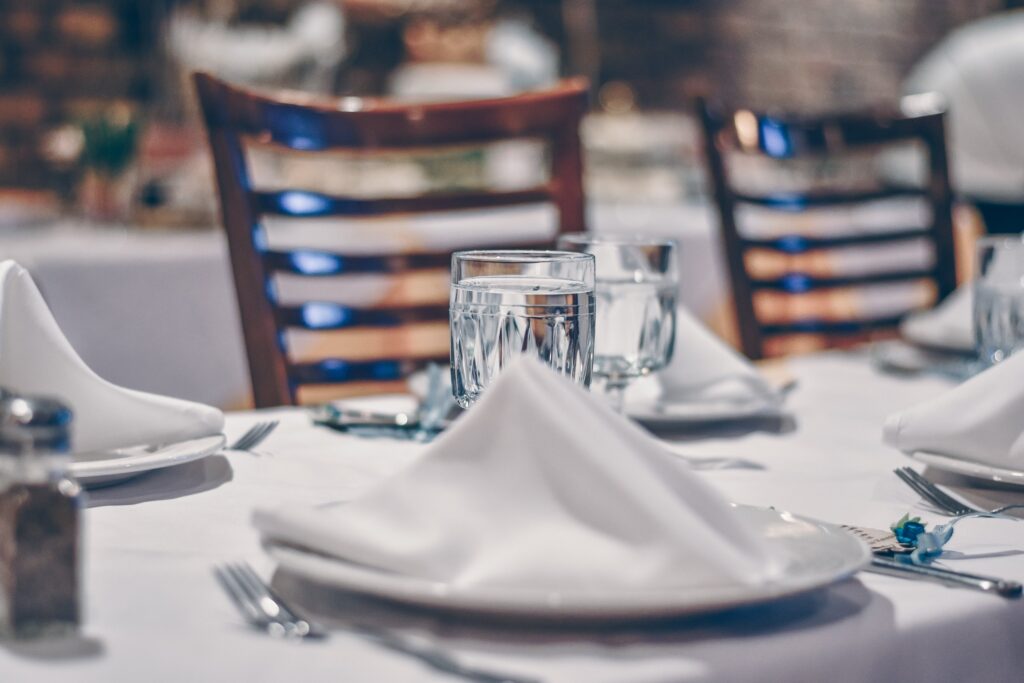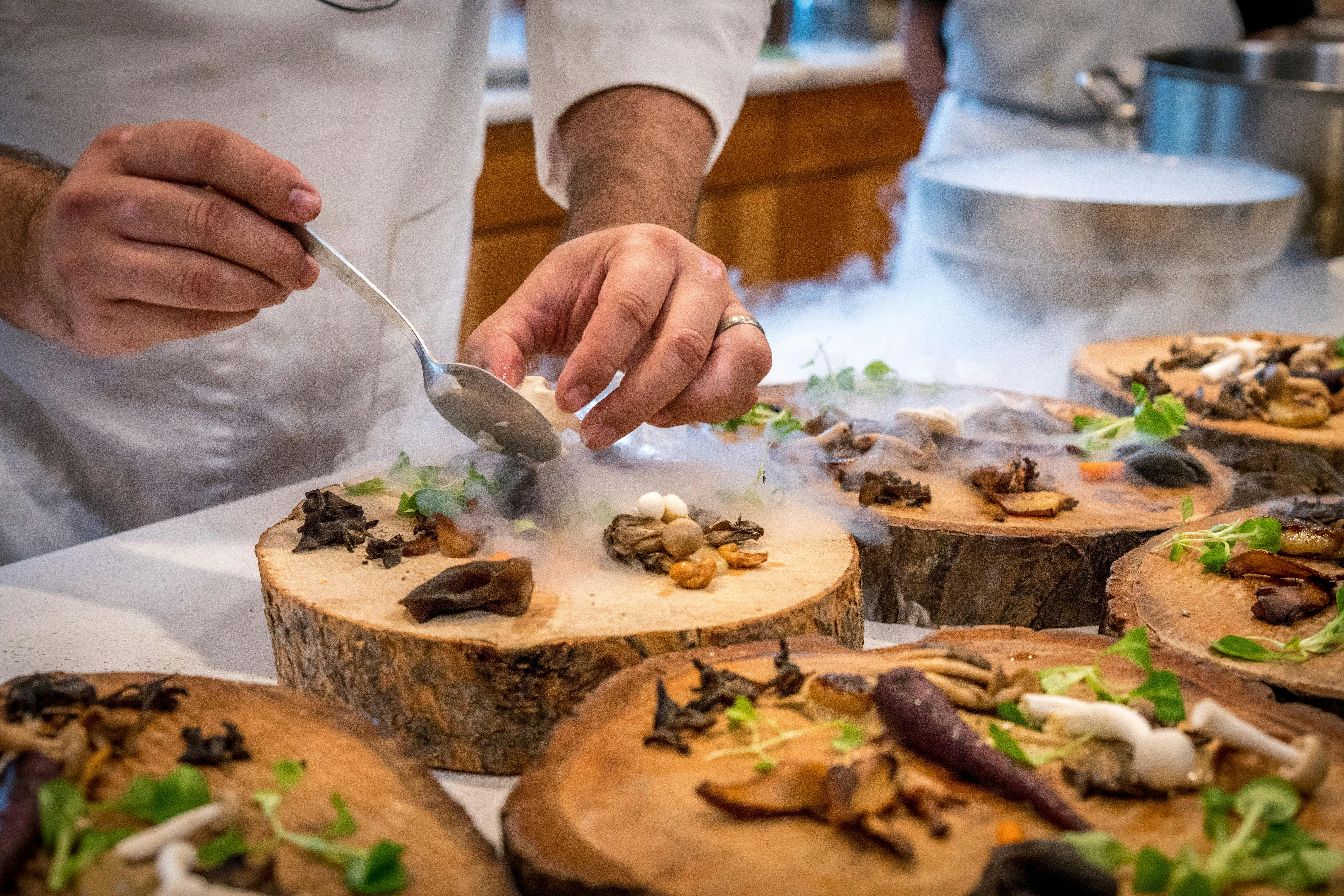When you’re planning a meal out, restaurant reviews can be the key to ensuring your experience is worth every penny.
They provide invaluable insights into food quality, ambiance, and service.
Whether you’re visiting a new place or sticking with a local spot, understanding how to use these reviews effectively can elevate your dining experience.

Why Reviews Matter More Than Ever
In today’s fast-paced world, nobody wants to gamble with their precious dining dollars.
Imagine being in a new city, craving authentic Italian food, only to end up with bland pasta and stale breadsticks.
I’ve been there—searching frantically for something decent while avoiding tourist traps.
This is where restaurant reviews act as a beacon of hope.
From platforms like Yelp to foodie blogs, reviews tell you everything you need to know.
You’ll find specifics like whether a restaurant caters to dietary needs, how attentive the staff is, or if that Instagrammable dessert is worth the hype.
Click here to explore detailed restaurant reviews and make informed dining decisions.
Spotting Reliable Reviews: The Red Flags to Watch Out For
Not all reviews are created equal.
While some are genuine accounts of customer experiences, others might be overly critical or, worse, paid promotions.
Here are some tips for deciphering the good from the bad:
Look for Detailed Narratives
Genuine reviews often include specifics.
For example: “The lemon tart had just the right amount of tang, and the crust was buttery perfection.”
Vague statements like “Great food, will come again” don’t provide much substance.
Trust reviews that paint a clear picture of the dining experience.

Check for Consistency Across Platforms
If a restaurant has glowing reviews on one site but terrible ones on another, dig deeper.
This could be a sign of inconsistent service or outdated information.
A place that consistently ranks high across various platforms is more likely to meet your expectations.
Real-Life Story: The Difference a Review Made
Last year, I planned a dinner for a friend’s birthday at a trendy steakhouse downtown.
The glowing reviews raved about their dry-aged ribeye and impeccable service.
But then, a newer review caught my eye—it mentioned an unexpected 45-minute wait despite a reservation.
This gave me pause.
I decided to call ahead and confirm seating availability, and sure enough, they were overbooked for the night.
Thanks to that one review, I pivoted to a smaller bistro that turned out to be a hidden gem.
The moral?
Reviews can save you from potential disasters while helping you discover delightful surprises.
How to Contribute Useful Reviews Yourself
Reviews aren’t just for taking; they’re for giving.
When you have a great or not-so-great experience, sharing it helps others in their decision-making process.
Include Context
Describe the situation: Was it a romantic dinner or a casual lunch?
Mention the time of day, crowd size, and how the staff handled things.
Highlight Specifics
Talk about what stood out.
Was the salmon perfectly seared?
Was the server accommodating to allergies?
Details make your review useful.
Beyond Food: The Role of Ambiance and Service
Dining out isn’t just about what’s on your plate.
Ambiance and service play significant roles in shaping your experience.
The Importance of Atmosphere
A noisy, chaotic setting might ruin a romantic dinner.
On the flip side, a quiet cafe might not work for a lively group gathering.
Reviews often touch on these elements, helping you pick the right spot for the occasion.
Service: The Make-or-Break Factor
No matter how good the food is, poor service can leave a bitter taste.
Reviews highlight whether staff are friendly, efficient, and knowledgeable about the menu.
This can help you avoid places where customers are treated like an afterthought.
Leveraging Reviews for Special Occasions
When planning a celebration or a date night, the stakes are even higher.
Checking recent reviews ensures the restaurant hasn’t slipped in quality.
For instance, a highly-rated sushi bar I visited for an anniversary had consistently positive reviews mentioning fresh fish and an intimate setting.
It lived up to the hype and made the evening unforgettable.
Takeaways for Smart Dining Decisions
- Read multiple reviews to get a balanced perspective.
- Look for patterns—if several diners mention slow service, it’s likely an issue.
- Use reviews to find spots that align with your preferences, whether it’s vegan-friendly options or a bustling nightlife vibe.
In Conclusion
Restaurant reviews are more than just opinions—they’re tools for crafting memorable dining experiences.
By diving into detailed accounts from other diners, you can avoid pitfalls, discover hidden gems, and ensure your next meal out is everything you hope for.
So the next time you’re unsure where to dine, let those reviews guide the way!











What do you think?